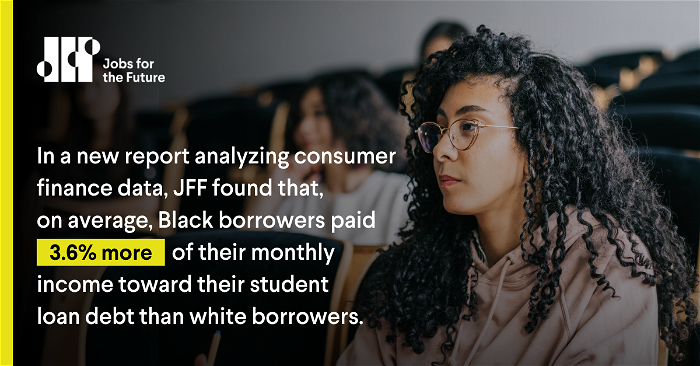The Promise of Innovative Financing: More—and Improved—Postsecondary Learning Opportunities
At JFF, we believe adoption of innovative financing can lead to more people receiving education and training while also driving improvements in the quality and equity of the postsecondary education and training system.
These models can induce more people to pursue education and training in three ways: first, by expanding access to financing options to individuals who face financing gaps or want to pursue short-term career and technical programs; second, by offering lower-risk financing in which payments are only required when graduates get well-paid jobs; and third, by leveraging contributions from employers, philanthropies, investors, government programs, and schools, which reduces the overall cost to the student. These same entities will also have a greater incentive to expand the supply of education and training options, creating a larger and more diverse market.
Adoption of these models can also lead to broader improvements in the education and training system. For example, outcomes- and performance-based financing vehicles can align schools’ and training providers’ financial incentives with their students’ post-graduation earnings, thus encouraging them to invest in efforts to improve education quality, offer wraparound services to ensure completion, and build career pathways to local employers. Moreover, by making education free to learners or adjusting learners’ repayments to better match their earnings, innovative financing can make education and training more affordable. And by expanding access to and improving the quality and affordability of education, innovative financing can advance racial and socio-economic equity.

























